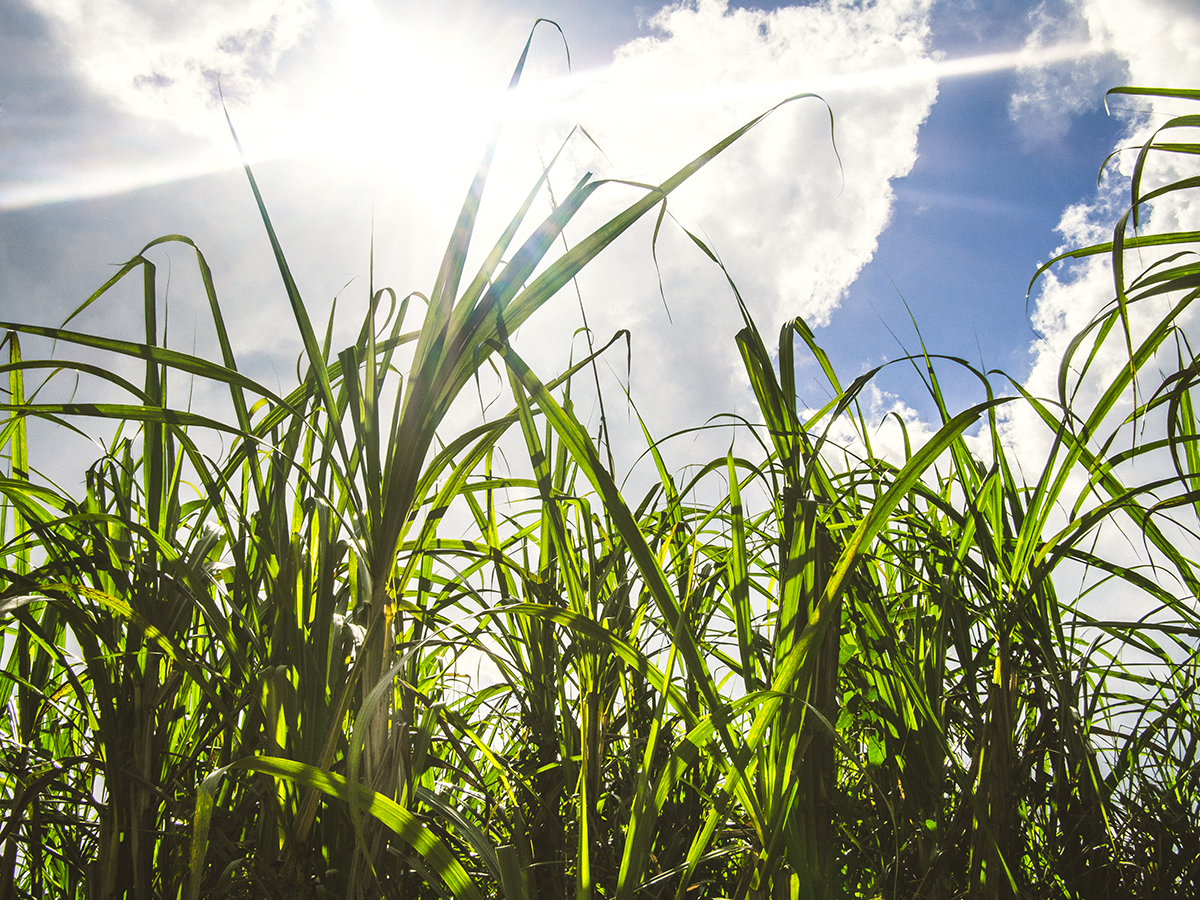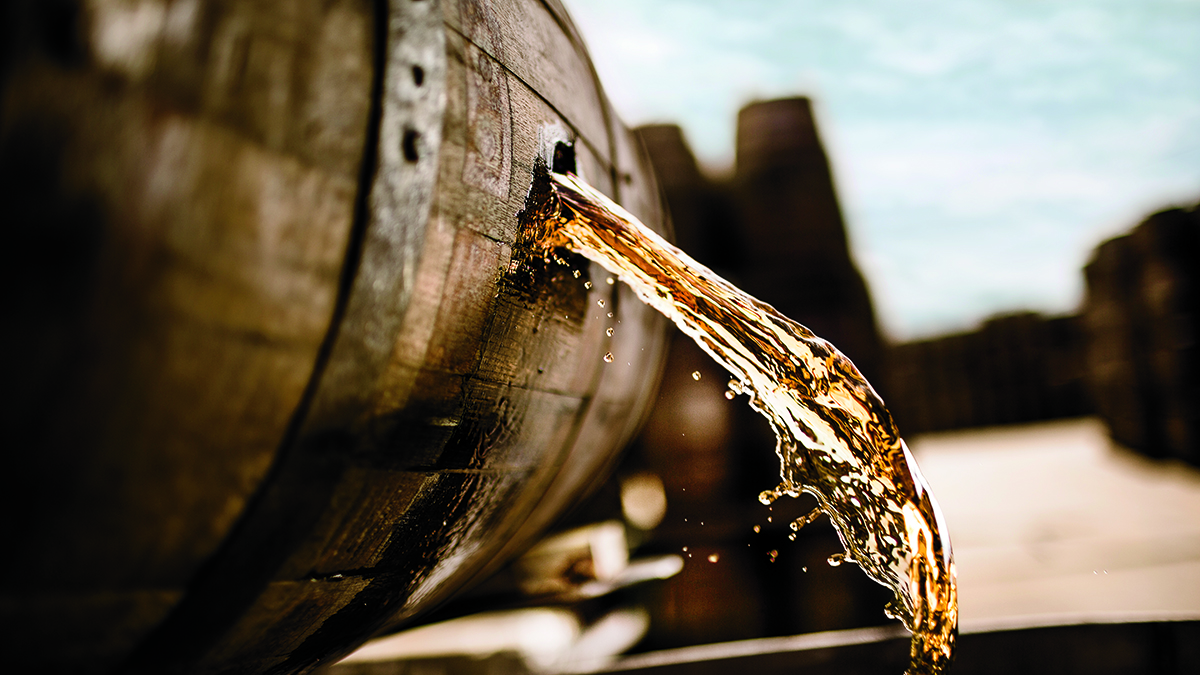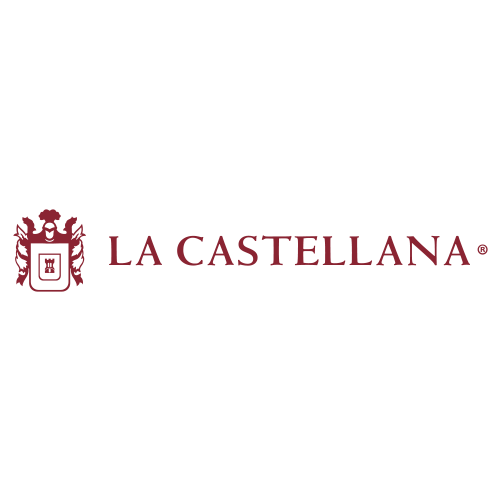

If you were to hire a location scout, armed with everything modern science has discovered about distilling and ageing spirits, it would still be hard to find a more ideal setting for a rum distillery than an island like Jamaica in the heart of the Carribean.
But while the island’s fertile soil and pristine, soft water make it the perfect place to ferment its local sugarcane, the region’s unique tropical microclimate is perfectly suited for ageing premium rum, thanks to the intense tropical heat and humidity that help the oak barrels work their magic on the spirit.

Tropical vs. continental ageing
When the sugarcane distillate comes off the still, it’s clear and colorless, with a hint of grass and delicate sweetness. That’s a great start, but as colonial-era pioneers in the rum industry discovered, ageing the liquid in an oak barrel transforms the spirit by coaxing out the rum’s natural rich flavours. During the seventeenth century, a Dutch ship captain noticed the effect of the barrels during transit, writing in his log that “the spirits are now smoother to the tongue and have acquired a golden colour during the voyage.”
Interestingly, this rum-changing discovery was likely accidental. Rum was often stored and shipped in wooden casks, and if it spent enough time in transit, merchants discovered that the spirit had picked up a deep, dark color and subtle hints of vanilla and caramel—flavours imparted by the wood.
They also discovered that the duration of ageing was a key ingredient in premium rum. That said, because climate plays an important role in the ageing process, a spirit aged in the tropics will have a much fuller and richer mouthfeel and flavour than one aged elsewhere—even if it’s been aged for the same number of years.
That’s why spirits that are barreled and aged in the Caribbean’s unique tropical climate are said to age three times faster than those in temperate “continental” climates. Continental ageing also tends to produce spirits that are lighter in colour and flavour profile than tropical-aged rums, which tend to be richer and darker.
The influence of the barrel
Why does climate make such a difference? Heat causes both the rum and the wood to expand, which means that the liquid swells and seeps into the wood, giving the spirit and the oak more of an opportunity to interact with each other. Since oak is full of natural sugars, tannins and vanillin compounds, some of these flavours become part of the spirit.
At Appleton Estate, after years of experimenting with ageing, the master blenders chose Number One Select American Oak for ageing, in part because this wood is particularly rich in vanillin.

The angel’s share
The second factor is the “angel’s share,”—a term that refers to the evaporation level of alcohol and the amount of spirit that’s “lost” to the thirsty angels.
This evaporation occurs in every climate, but it increases with humidity and heat. When spirits are aged in tropical regions, the angel’s share averages between seven and ten percent. In cooler climates, as little as two percent can evaporate.
Heat is partly responsible for the difference in the rate of evaporation, but humidity also plays a role since ethanol (the alcohol) evaporates faster than water in humid conditions.
Naturally, ageing in the tropics means that producers lose a lot more rum than they would in a cooler climate. But the benefit is that what’s left in the barrel, after years of evaporation and intense heat, is a robust, full-bodied, dark rum with a real depth of flavour.
They say that one year in the tropics is the equivalent to nearly three years ageing in a temperate climate, and the proof is in the final product.
Decoding the label
You might expect labels on spirits to be straightforward, but with rum, decoding a label can be a little bit tricky, as different rum-producing regions have different aging traditions and labelling standards.
“Solera” ageing, for example, is a common practice among many Latin American rum producers, who have drawn inspiration from an Old World “fractional ageing” system used to blend and mature sherry in Spain. This process sees fractions of liquid from various barrels of different ages blended together to make a balanced fortified wine.
New World rum producers often use the solera system for blending rum, but it’s important to note that, in many cases, the number on the label indicates only the age of the oldest rum used in the blend—not the youngest. People unfamiliar with the solera system of ageing often don’t realize it’s a blend of both well-aged and lightly aged spirit.
“Average ageing” is another practice used by some producers in regions where it’s customary to list the average age of the rum in a particular blend, as opposed to the age of the youngest rum. Again, the number on the label doesn’t tell the whole story, especially since, with the solera and average-age methods, there’s no transparency as to how much of the blend is from old stocks versus new.
Many Caribbean rum producers stand by the region’s traditional “minimum ageing” standard, which refers to the age of the youngest spirit in the blend. In a bottle of Appleton Estate 8 Year Old Reserve, every drop in the bottle spent at least eight years in the barrel.
Over the past few years, several Caribbean producers have advocated a minimum ageing standard for rum labels, to encourage transparency in labeling and to help consumers make informed decisions. When combined with the full, rich flavour that comes from ageing spirits in the tropics, the Caribbean’s dedication to minimum ageing on labels ensures that rum produced in Jamaica not only adheres to the strictest standards, but offers an exceptional serve that’s worth savouring.




















































